What Is Hydro Jetting and How Does It Work?
Clogged drains are a headache that every homeowner eventually faces. Whether it’s the kitchen sink draining slowly, the shower backing up, or an unpleasant sewer smell wafting through the house, plumbing problems can throw your entire day off course. In many cases, a simple plunger or store-bought drain cleaner might help, temporarily. But for tough, recurring blockages, there’s one powerful, professional solution that goes beyond quick fixes: hydro jetting.
In this guide, we’ll explain what hydro jetting is, how it works, when it’s appropriate, its benefits, safety considerations, pricing, and more. Whether you own a home, manage a restaurant, or maintain commercial property, understanding hydro jetting can help you keep your plumbing system clean, safe, and efficient for years to come.
What Is Hydro Jetting?
Hydro jetting is a plumbing technique that uses high-pressure water to blast away grease, sludge, tree roots, scale buildup, and other debris from inside pipes. It’s a chemical-free and environmentally friendly method that provides a deep, thorough clean, unlike snaking or plunging, which often only puncture a hole through the clog rather than fully removing it.
While traditional drain cleaning might solve the problem temporarily, hydro jetting restores your pipes to a near-original state, removing years of buildup along the pipe walls. This process is especially useful for residential sewer lines, commercial kitchens, and even municipal sewer systems where high usage and large amounts of waste can lead to stubborn obstructions.
According to the U.S. Environmental Protection Agency (EPA), eco-friendly plumbing practices are encouraged to reduce environmental impact. Hydro jetting aligns with these goals by eliminating the need for chemical drain cleaners that can harm both your plumbing and the planet.
How Does Hydro Jetting Work?
Hydro jetting isn’t just a “point and spray” solution. It follows a precise and professional process designed to ensure safety and effectiveness. Here’s how it works:
Step 1: Initial Camera Inspection
Before any high-pressure cleaning begins, the plumber performs a video camera inspection of your pipes. This helps determine the location, cause, and severity of the clog and ensures that your pipes are structurally sound.
Older or damaged pipes may not withstand the pressure of hydro jetting, so this step is critical. If cracks, severe corrosion, or collapses are found, a different repair method may be needed first.

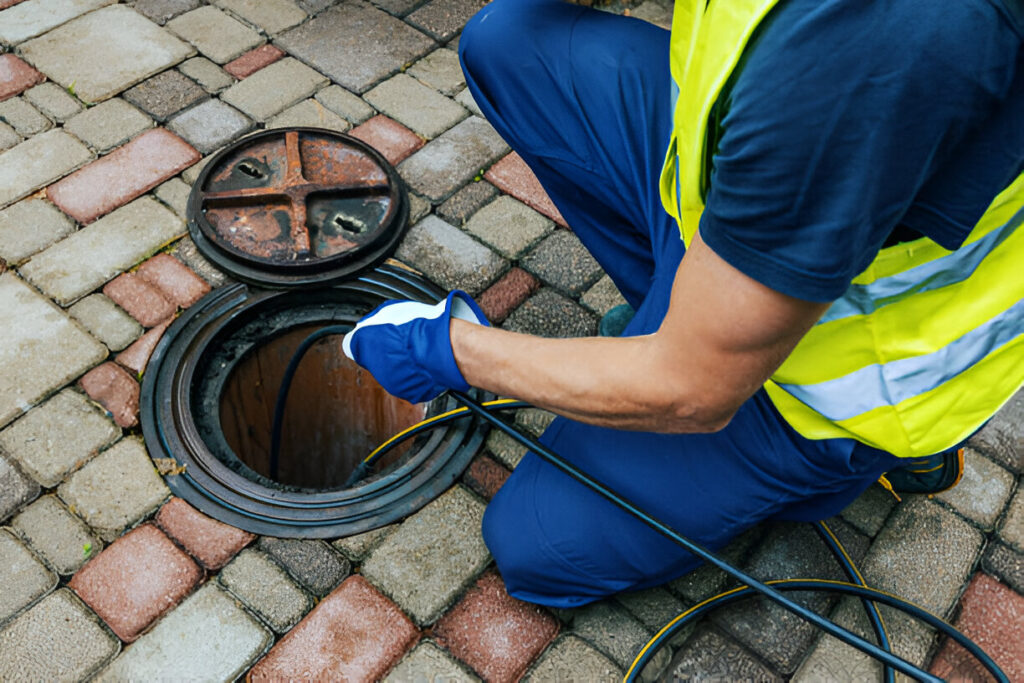

Step 2: Equipment Setup
The hydro jetting machine consists of a large water tank, a high-pressure hose, a specially designed nozzle, and a control unit. Depending on the situation, water pressure can be adjusted between 1,500 to 4,000 PSI (pounds per square inch). The plumber feeds the hose into the access point of your plumbing system, often through a cleanout or main sewer line.
Step 3: The Jetting Process
Once the equipment is in place, the nozzle blasts high-pressure water in multiple directions, effectively scouring the inside of the pipe. Some nozzles are designed to move both forward and backward simultaneously, allowing for full 360-degree cleaning.
Unlike snaking, which only pokes a hole through the blockage, hydro jetting cleans the entire pipe diameter, removing all residue, grease, and debris from the walls of the pipe. In severe cases, such as tree root intrusion, specialized nozzles with cutting capabilities are used.
Step 4: Post-Jetting Inspection
After the pipe is thoroughly cleaned, the plumber may perform a second camera inspection to confirm that the clog is fully cleared and there is no damage. This step ensures peace of mind for both the homeowner and technician.
When Should You Consider Hydro Jetting?
Hydro jetting isn’t a one-size-fits-all solution, but it’s ideal for certain plumbing problems. Here are some signs and scenarios where it’s highly recommended:
- Recurring Drain Clogs: If you’ve tried plungers, snaking, or chemical cleaners without long-term success.
- Slow Drains: If water is taking longer than normal to go down the drain, especially in multiple areas of the home.
- Sewer Backups: Hydro jetting is often used when sewage backs up into showers, sinks, or toilets.
- Foul Odors: Persistent bad smells from drains or your yard could be signs of pipe buildup or sewer line blockages.
- Commercial Kitchens: Grease and food buildup make hydro jetting a regular maintenance tool in restaurants.
- Preventive Maintenance: Some businesses schedule annual hydro jetting to avoid costly downtime.
Is Hydro Jetting Safe for All Pipes?
Generally, yes, but with exceptions. Hydro jetting is safe for most modern plumbing systems, including
- PVC (polyvinyl chloride)
- ABS (acrylonitrile butadiene styrene)
- Newer cast iron or clay lines
However, it may not be safe for older, fragile, or already-damaged pipes. That’s why the initial inspection is crucial. If the camera reveals cracks, corrosion, or collapsing sections, hydro jetting may cause more harm than good.
The National Association of Sewer Service Companies (NASSCO) recommends condition assessments for sewer lines before any major cleaning or maintenance is performed. Their guidelines support the use of hydro jetting in systems deemed structurally sound after inspection.
Benefits of Hydro Jetting
Hydro jetting offers a range of benefits that go beyond just unclogging drains. Here’s what makes it stand out:
- Thorough Cleaning: It doesn’t just move clogs, it removes them completely along with any buildup inside the pipes.
- Chemical-Free: Unlike liquid drain cleaners, hydro jetting uses only water, making it safe for your plumbing and the environment.
- Removes Odors: It eliminates biofilm, bacteria, and debris that cause unpleasant smells.
- Prevents Future Problems: A clean pipe is less likely to clog again anytime soon, reducing the frequency of plumbing issues.
- Safe for Septic Systems: When done correctly, hydro jetting is safe for homes with septic tanks.
- Long-Term Savings: Though the upfront cost may be higher, fewer clogs and less frequent plumbing calls lead to savings over time.
Hydro Jetting vs. Traditional Drain Cleaning
Here’s how hydro jetting compares to other common drain cleaning methods:
| Method | Description | Pros | Cons |
| Snaking | Uses a metal cable to break up clogs | Quick and inexpensive | Doesn’t clean pipe walls |
| Chemical Cleaners | Store-bought drain products to dissolve buildup | Convenient | Can corrode pipes, unsafe for septic |
| Hydro Jetting | High-pressure water jet that scrubs pipe interiors | Eco-friendly, deep clean, long-lasting | Not suitable for damaged pipes |
Hydro jetting provides the most comprehensive cleaning but may not always be the first option, especially for older plumbing.
How Much Does Hydro Jetting Cost?
The cost of hydro jetting can vary depending on several factors, such as:
- Length and diameter of the pipe
- Severity and type of blockage
- Location of the clog (main sewer vs branch line)
- Accessibility and setup requirements
Below is a general pricing table to give you an idea of what to expect.
Hydro Jetting Cost Breakdown (2025 Estimates)
| Service Type | Average Cost Range |
| Residential Hydro Jetting | $300 – $600 |
| Light Commercial Jetting | $500 – $900 |
| Heavy Commercial Jetting | $900 – $1,500 |
| Emergency / After-Hours Service | +$100 to $250 surcharge |
| Pre & Post Camera Inspection | Often included or +$100 |
These costs may vary depending on your location, the plumber’s expertise, and whether the job is routine or an emergency. Some companies also offer flat-rate pricing for specific types of blockages.
In certain municipalities, homeowners may be eligible for rebates or credits when using eco-friendly plumbing methods like hydro jetting. You can check with your local water utility or visit EPA’s WaterSense program for more details.
Can You DIY Hydro Jetting?
The short answer is: No, and you shouldn’t try.
Hydro jetting involves dangerous levels of water pressure, up to 4,000 PSI. That’s enough force to injure you or damage your pipes if not handled properly. Plus, professional hydro jetting equipment is costly, complex, and requires training to operate safely.
Attempting a DIY hydro jetting could result in:
- Pipe bursts or leaks
- Water damage
- Injury from hose backlash
- Incomplete clog removal
- Voided plumbing warranties
According to the Plumbing-Heating-Cooling Contractors Association (PHCC), only licensed professionals should perform high-pressure drain cleaning services. They have the tools, training, and insurance to do the job right.
Compliance and Code Considerations
- UPC & IPC Plumbing Codes
Requires cleanouts and approved pipe materials for safe, pressure-based cleaning methods. - Pre-Cleaning Camera Inspection
Recommended by NASSCO to assess pipe condition and prevent damage before jetting. - Licensed Plumber Requirement
Only licensed and insured contractors should operate hydro jetting equipment for legal and safe service. - OSHA Safety Guidelines
In commercial settings, PPE and confined space procedures are mandatory for worker safety. - EPA Clean Water Compliance
Hydro jetting supports non-chemical cleaning methods aligned with Clean Water Act recommendations.
What’s the Right Fit for Your Home?
Hydro jetting is more than just a fancy drain cleaning tool, it’s a powerful, efficient, and environmentally safe method for maintaining healthy plumbing systems. From eliminating stubborn clogs to preventing future blockages, it offers a range of benefits that make it ideal for both residential and commercial applications.
However, it’s not a DIY job or a one-size-fits-all solution. Hydro jetting should always start with a professional camera inspection to ensure your pipes are suitable for the procedure. When done properly, it can restore your plumbing system, improve drainage, and even prolong the life of your pipes.
So, if you’re tired of recurring drain problems or suspect buildup in your sewer lines, call a licensed plumber and ask about hydro jetting. It might just be the long-term solution your home needs.
Need Help Making the Right Call?
In places like Fortuna, CA, where older plumbing infrastructure and unique home layouts are common, local knowledge really matters. That’s why so many homeowners turn to Redwood Plumbing and Drain Cleaning INC when it’s time to choose or upgrade their water heater.
With extensive experience in both traditional and tankless systems, their team understands what works best for homes in the area, especially when considering water pressure, space, and energy use. Whether you need help evaluating your current setup or want insight on long-term maintenance, they bring practical advice and dependable service.
Need guidance? Call Redwood Plumbing and Drain Cleaning at (707) 574-9875. A quick conversation can often save you hours of second-guessing.


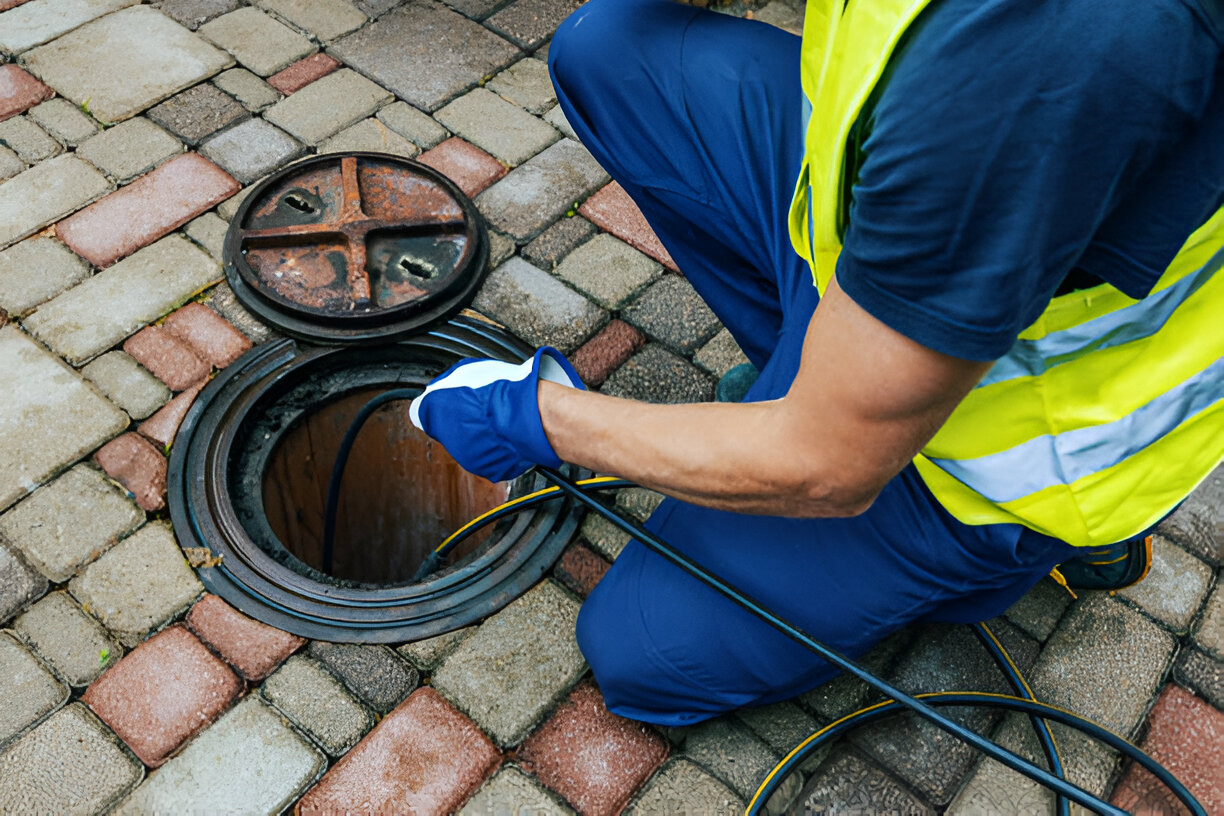
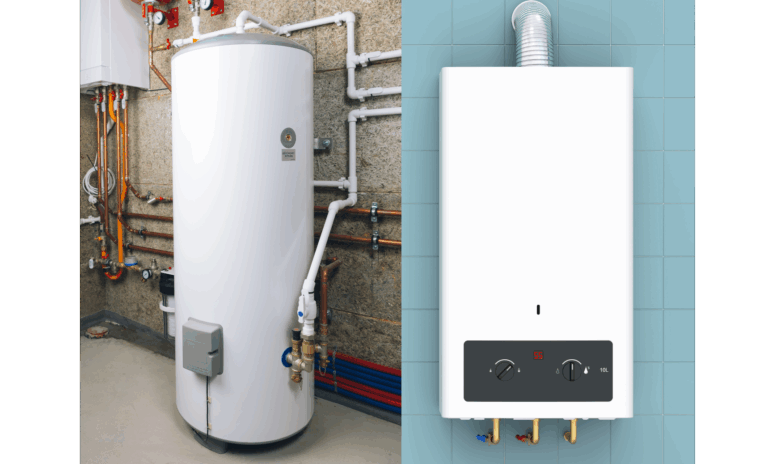

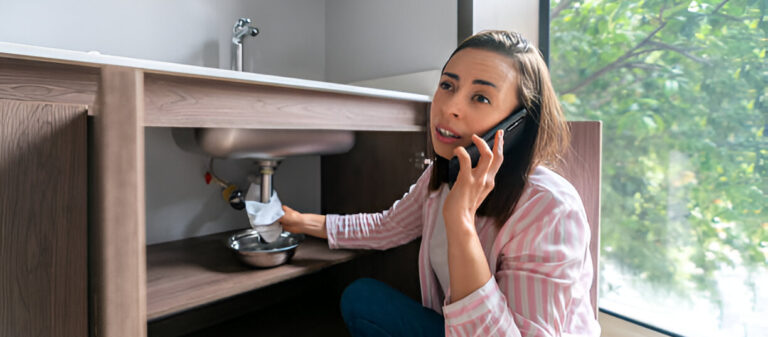
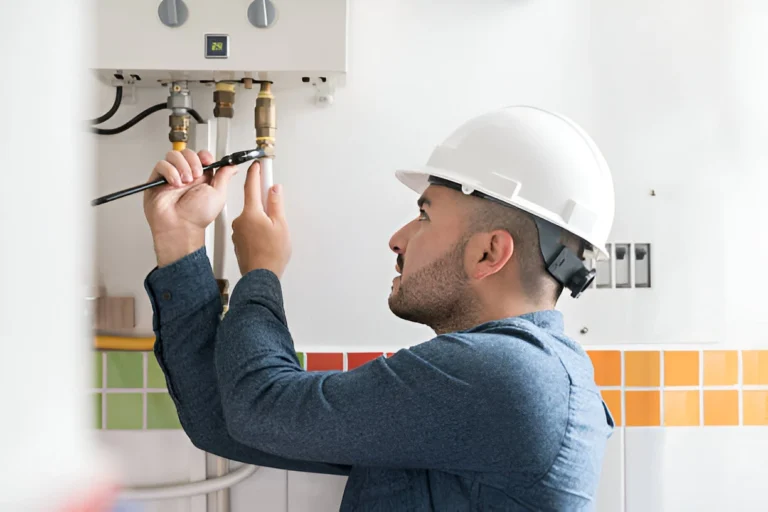
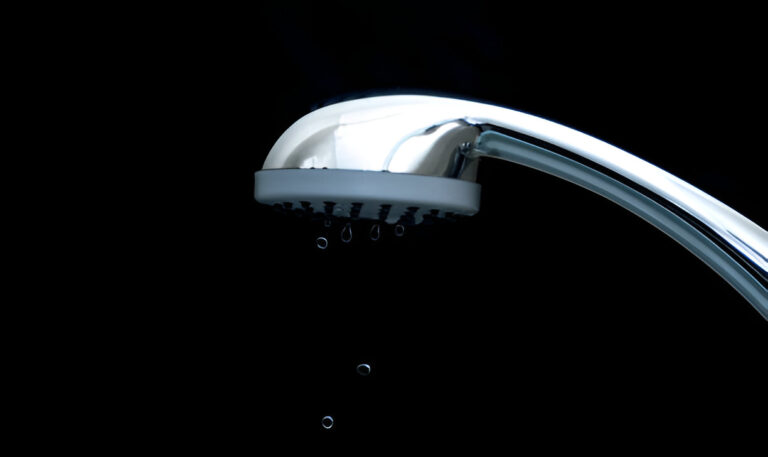
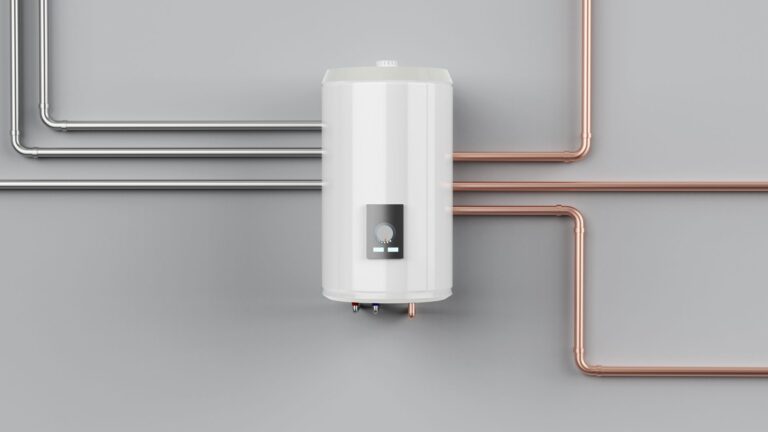
https://shorturl.fm/yfyQM
https://shorturl.fm/NSeCa
https://shorturl.fm/ECuRA
https://shorturl.fm/9Brl2